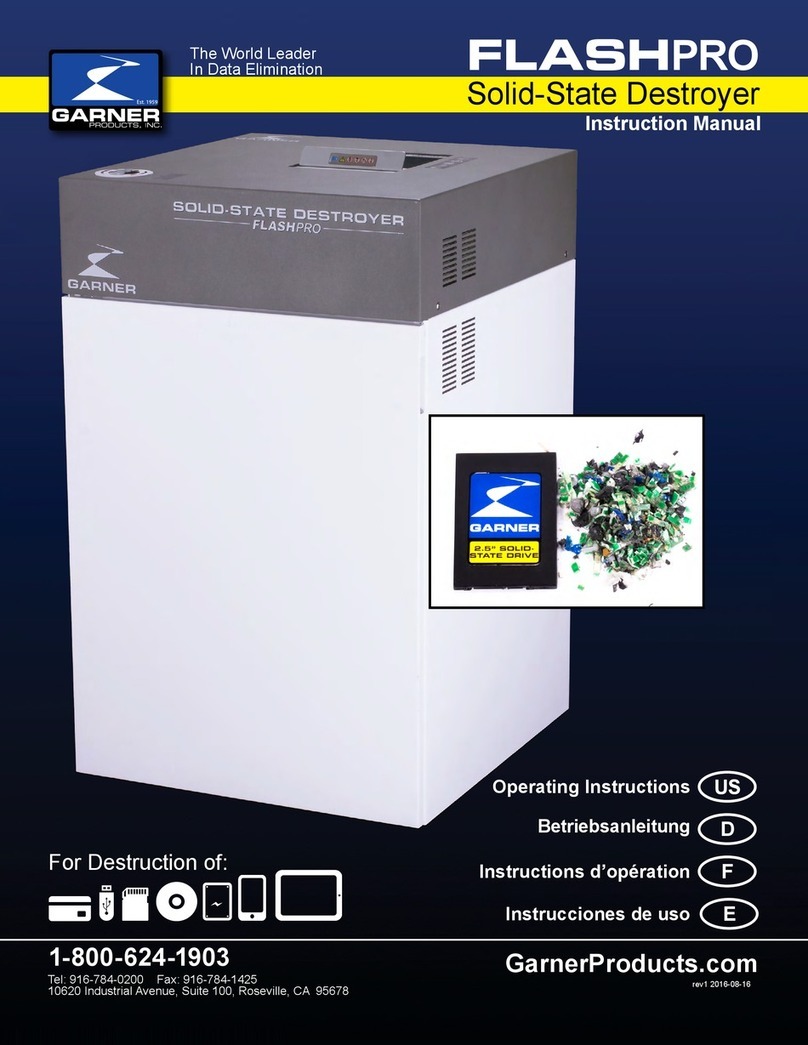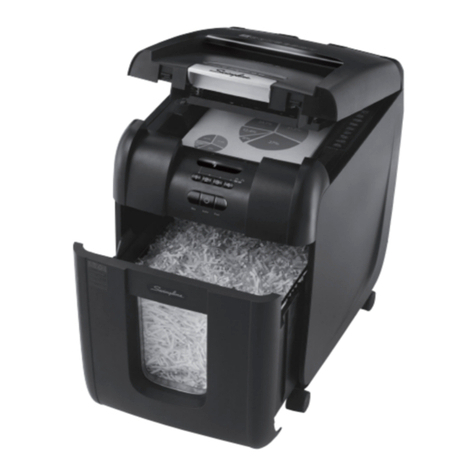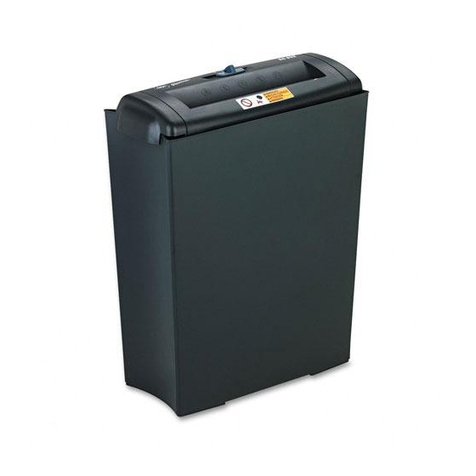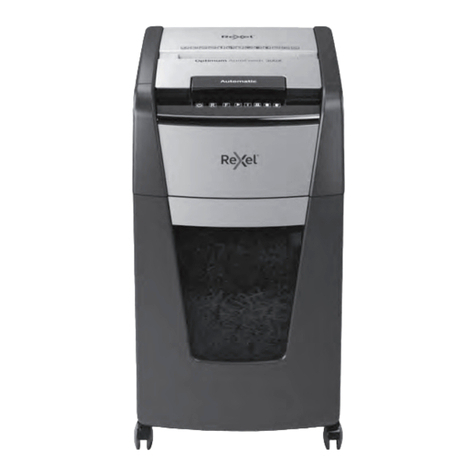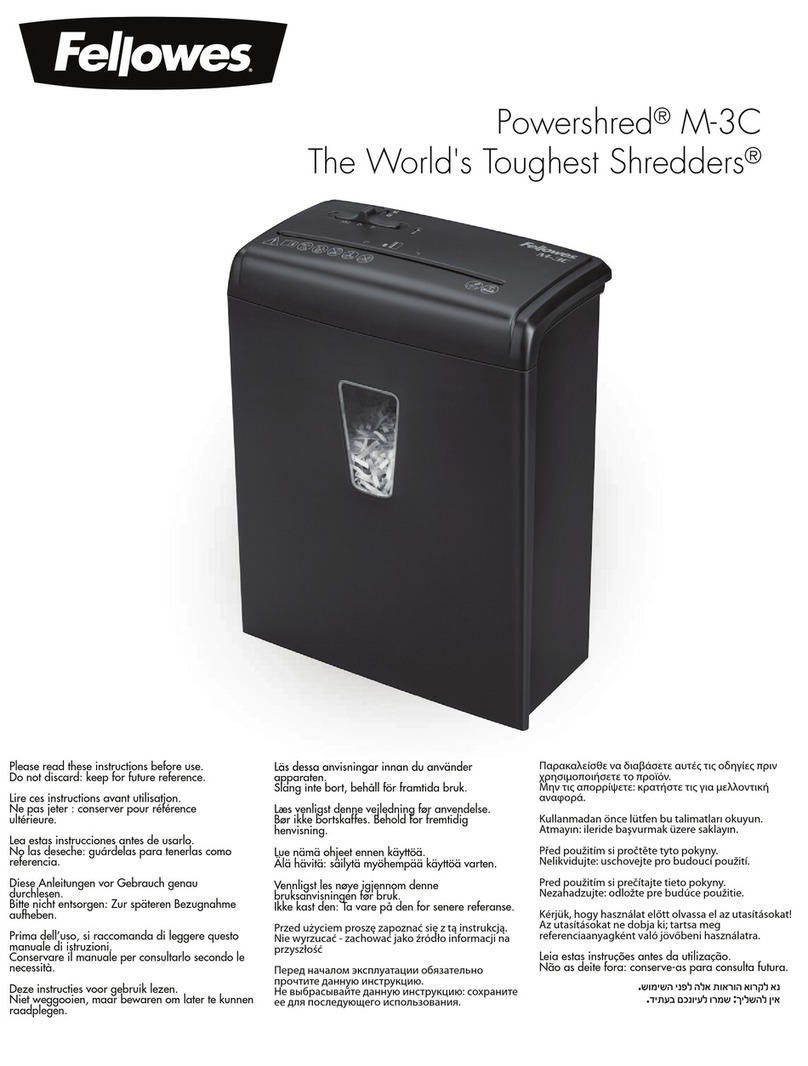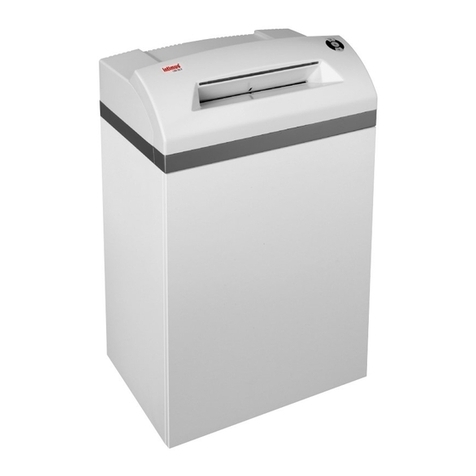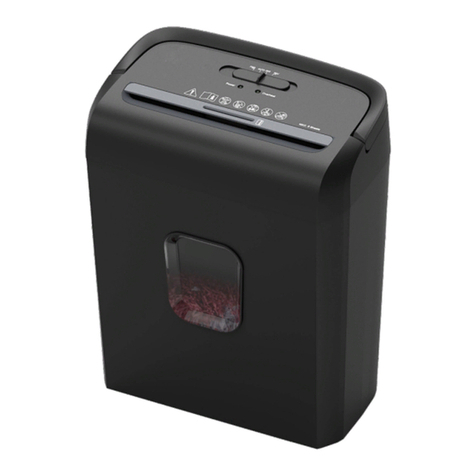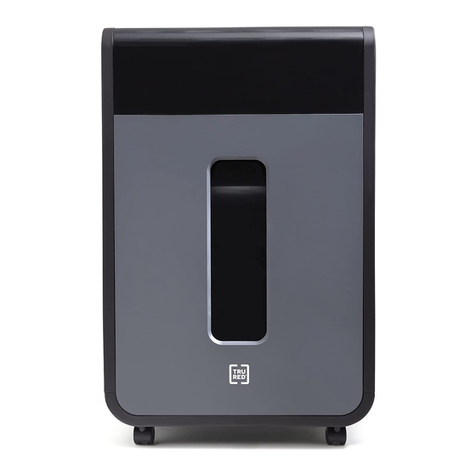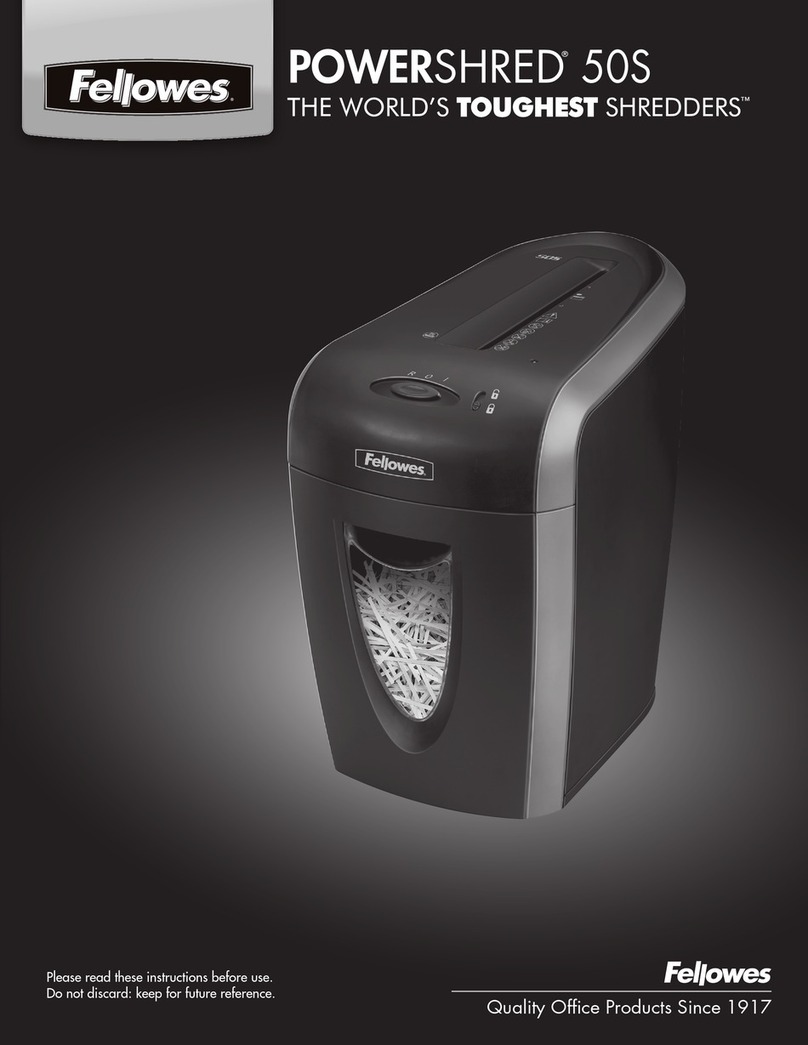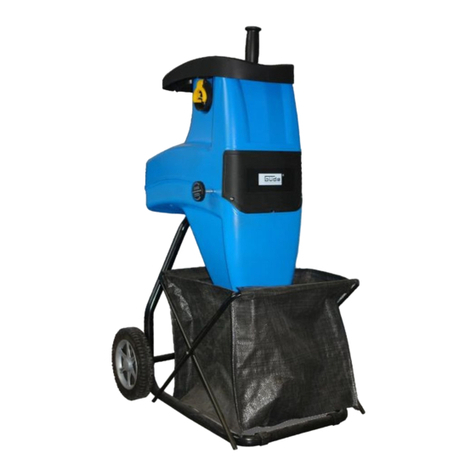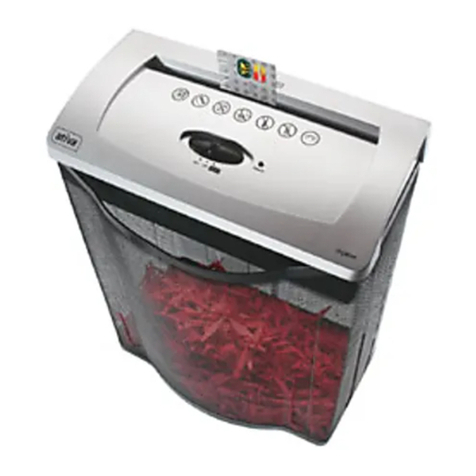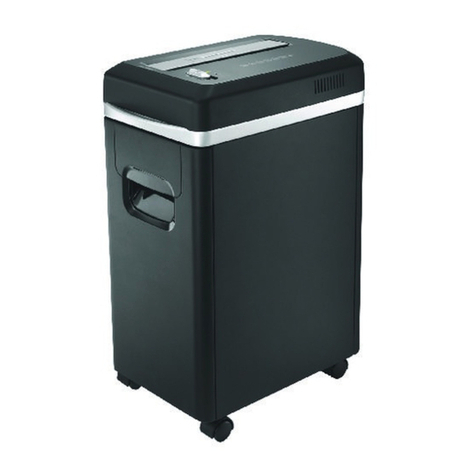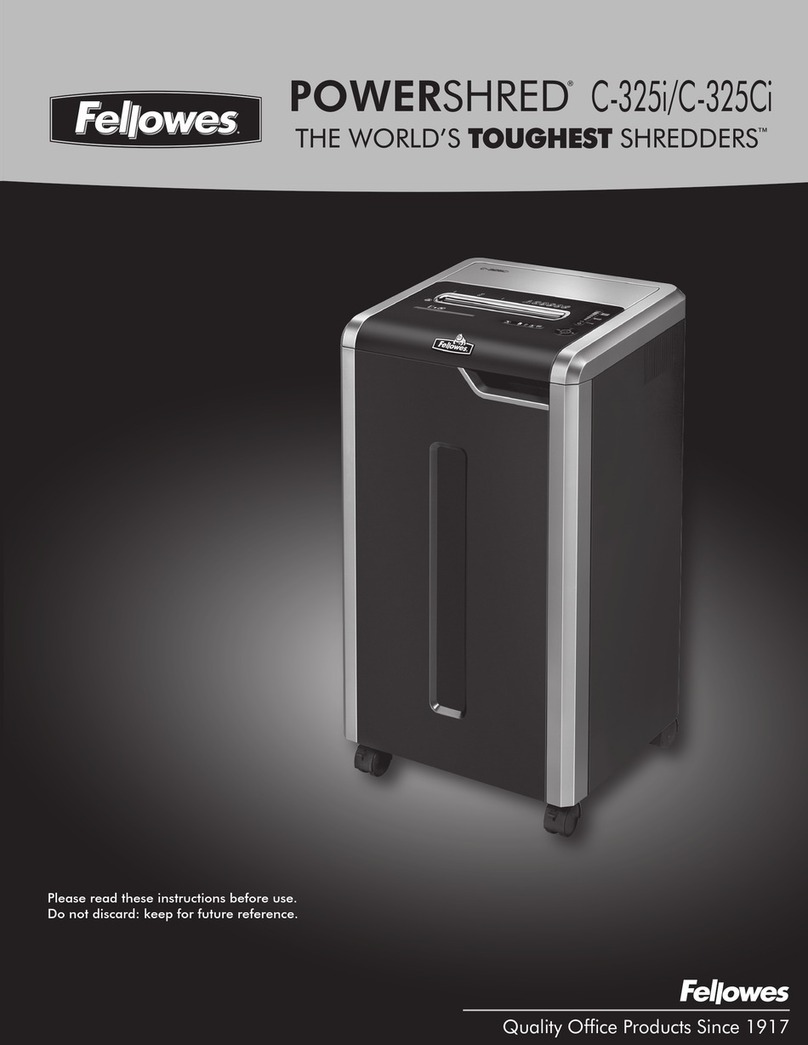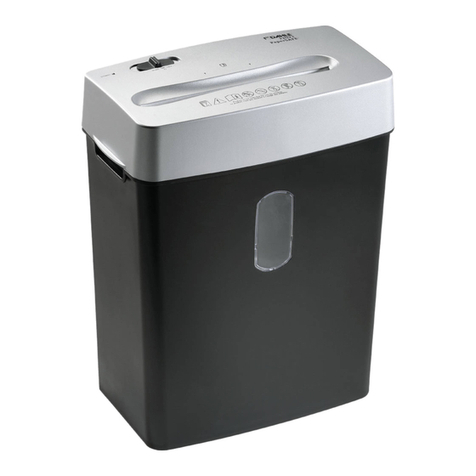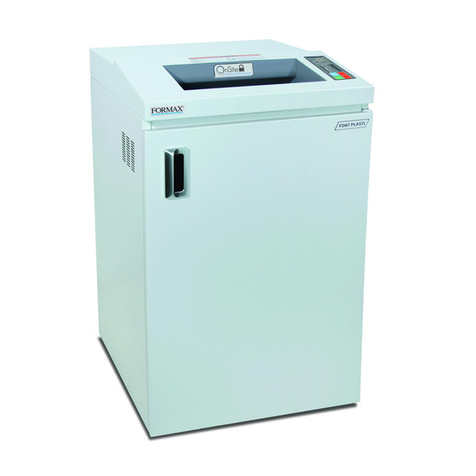10
D
ADer Häcksler muss auf
ebenem und festem Unter-
grund standsicher aufgebaut
werden und darf während des
Betriebs nicht gekippt oder
schräggestellt werden.
ATragen Sie immer Hand-
schuhe und Schutzbrille,
wenn Sie mit dem Häcksler
arbeiten.
Keine Steine, Erde, Gläser, Texti-
lien, Kunststoffe oder Metallteile
in das Gerät einfüllen, denn die-
se Materialien führen zu starken
Beschädigungen des Schneid-
werkzeuges. Bei angeschlosse-
nem Gerät nicht in den Auswurf-
schacht greifen.
Bei Stillsetzen des Schneidwerkes
kein Häckselgut mehr einfüllen.
Die Netzanschlussdose muss
mit mindestens 16 Ampere abge-
sichert sein.
Bedienung des Gerätes
Anbringen der Anschlussleitung:
Anschlussleitung zuerst mit dem
Stecker am Häcksler verbinden.
6. Inbetriebnahme
ABenutzen Sie den Häcksler
nicht während Personen
(besonders Kinder) oder Tiere in
unmittelbarer Nähe sind. Der
Benutzer ist für Schäden verant-
wortlich.
Benutzen Sie den Häcksler
niemals mit beschädigten
Schutzeinrichtungen.
Arbeiten Sie nur bei ausreichen-
den Sichtverhältnissen.
Umlaufendes Werkzeug!
Werkzeug läuft nach!
Verletzungsgefahr für die
Finger!
Beim Arbeiten muss festes Schuh-
werk, Handschuhe und eine
Sicherheitsbrille getragen werden.
Das am Häcksler außen instal-
lierte Anschlusskabel muss
regelmäßig auf Anzeichen von
Beschädigungen und Alterungen
(Brüchigkeit) untersucht und darf
nur in einwandfreiem Zustand
benutzt werden.
Für den Anschluss des Häckslers
sind bei Verlängerungsleitungen
ab 2 m Länge mindestens Lei-
tungsarten zu verwenden, die
nicht leichter sind als H07 RNF
(3 x 1,5 mm2) nach DIN VDE
0620.
Die Kupplungen der Anschluss-
kabel müssen aus Gummi
oder gummiüberzogen sein
und der Norm DIN VDE 0620
entsprechen.
Benutzen Sie FI-Sicherheitsschal-
ter mit maximal 30 mA Auslöse-
fehlerstrom oder ähnliche Schutz-
einrichtungen.
Die vom Hersteller am Gerät
installierten Schalteinrichtungen
dürfen nicht entfernt oder über-
brückt werden.
Ortsveränderliche Geräte,
die im Freien verwendet
werden, müssen über Fehler-
stromschutzschalter ange-
schlossen werden (gilt nur für die
Schweiz).
Die Kupplungssteckdose einer
Verlängerungsleitung muss
spritzwassergeschützt sein
(gilt nur für Österreich).
5. Sicherheits- und Warnhinweise
Montage des Querträgers
(Bild 3)
Querträger (Pos. 1) über Bohrun-
gen im Fahrwerk positionieren
und mit 4 kurzen Blechschrauben
(Pos. 2) montieren. Kunststoff-
kappen (Pos. 3) in die Bohrun-
gen des Fahrwerks von unten
einsetzen.
Einschieben des Auffang-
behälters (Bild 4)
Auffangbehälter vorne auf die
Laufschiene (Pos. 1) aufsetzen
und vollständig einschieben.
Der Häcksler kann nur mit voll-
ständig eingeschobenem Auf-
fangbehälter in Betrieb genom-
men werden. Einfüllrohr (Bild 5,
Pos. 1) auf Messerwerköffnung
aufsetzen und mit Schrauben
(Bild 5, Pos. 2) am Gehäuse ver-
schrauben.
Montage des Einfülltrichters
2000 ESK (Bild 5)
Die drei Vierkantmuttern (Bild 5,
Pos. 3) in die Aufnahmen des
Einfüllrohres einsetzen. Einfüll-
trichter (Bild 5, Pos. 4) aufsetzen
und mit Schrauben (Bild 5,
Pos. 5) am Einfüllrohr befestigen.
Montage des Einfülltrichters
2300 ESK (Bild 5)
Einfülltrichter (Pos. 4) auf Ein-
füllrohr (Pos. 1) aufsetzen. Die
Schrauben (Pos. 5) von innen
einsetzen und von außen mit
Muttern (Pos. 5) verschrauben.
AVor der Benutzung ist stets
eine Sichtprüfung vorzu-
nehmen, um festzustellen, dass
Muttern, Bolzen und Arbeits-
werkzeug nicht abgenutzt oder
beschädigt sind. Abgenutzte oder
beschädigte Teile sind zu erset-
zen. Die Einbauhinweise des Her-
stellers sind zu beachten.

